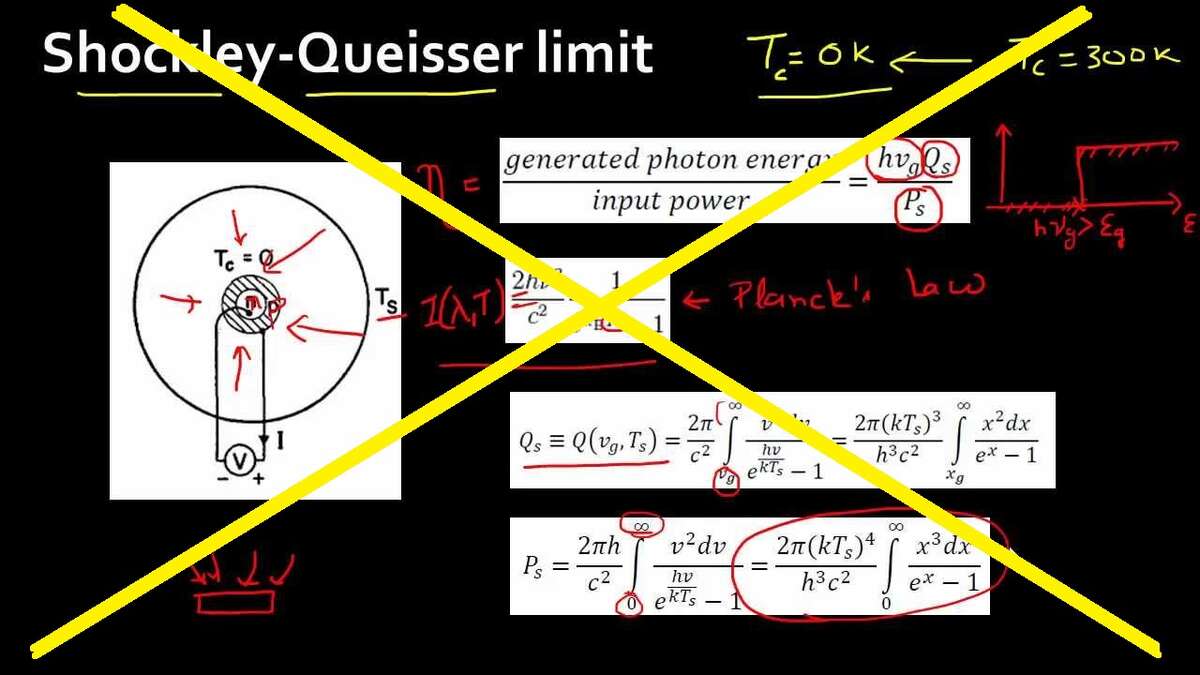That’s a good question with no definitive answer. The good news is panel technology is getting increasingly more efficient. However, it’s unclear where the ceiling is for commercial applications.
The latest LONGi development of 33.9% efficiency disproved a long-held scientific belief that such an achievement was not possible. Thus, even the science is unclear.
Historically, panel efficiency has improved from 14% in 1960 to the 22% range in 2015. In 2016 the National Renewable Energy laboratory (NREL), in conjunction with the Swiss Center for Electronics and Microtechnology achieved a record at the time of 29.8%.
In 2017 researchers at George Washington University developed a prototype that integrated multiple cells stacked into a single device. The design hit an efficiency record of 44.5%. The device used concentrator photovoltaic (CPV) panels that employed lenses to concentrate sunlight on tiny micro-scale solar cells.
The design was novel in other ways as well. It used a family of materials based on gallium antimonide substrates.
Right – I have no idea what that means either, but the materials are usually found in infra-red laser and photodetector applications.
And the stacking process used a technique known as transfer-printing, which enables precise three-dimensional assembly.
Six years later I found no evidence that the technology is progressing to marketability. As you would imagine, the showstopper is cost.
The world record in terms of solar cell efficiency was achieved in 2020 again by NREL. Their six-junction III-V solar cell hit a mark of 47.1% efficiency.
“This device really demonstrates the extraordinary potential of multijunction solar cells,” said John Geisz, a principal scientist in the High-Efficiency Crystalline Photovoltaics Group at NREL.
These research achievements indicate what the technical ceiling may be for solar cells. What has yet to be determined is if any of these technical advancements can hit the cost targets necessary to make them applicable in the real world.















